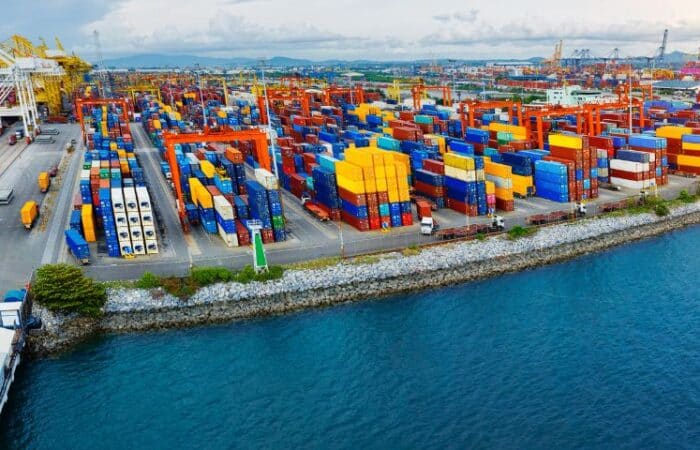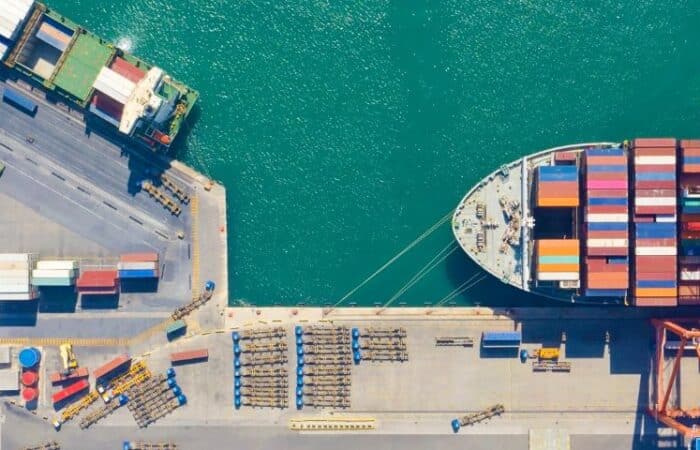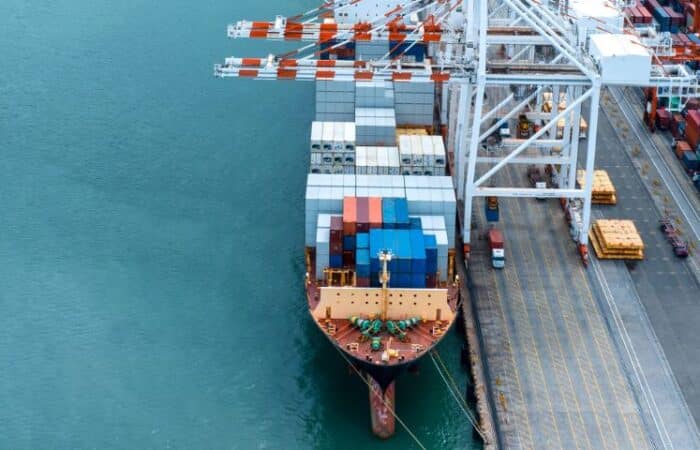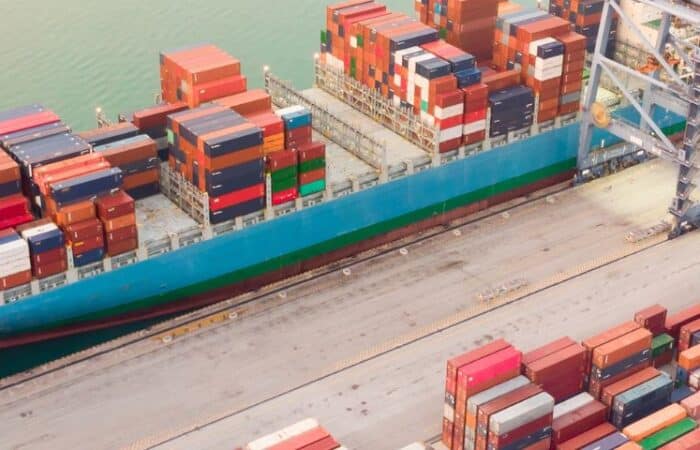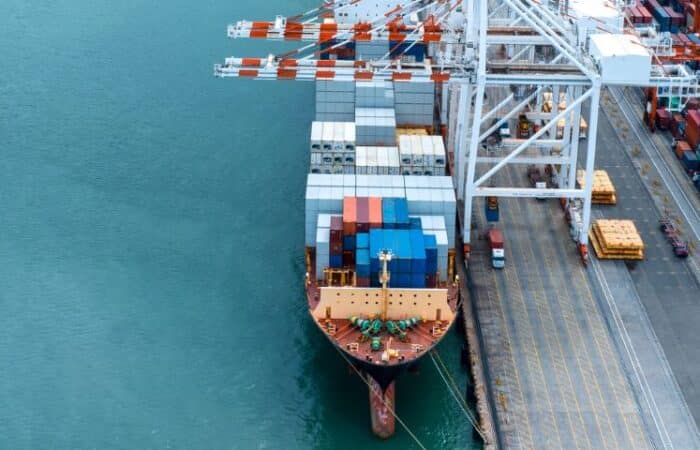Port of Destination
What is a Port of Destination?
The port of destination (PoD) refers to the final destination for a ship, or the end of sea transport for cargo. The term is frequently used in Incoterms and is crucial in logistics and shipping. It indicates the final step in maritime transport and often involves customs and clearance procedures.
The Container Journey
In today’s global economy, merchandise is often manufactured in China and other countries, and shipped around the world . While there are elements of this journey that take place on land, the focus of this article is the maritime journey. Let’s say, as an example, smartphones are manufactured in Shanghai, China, for delivery to the United States.
The container with the smartphones is delivered from the manufacturing plant to the Port of Shanghai on January 1, 2024, where it is loaded onto a ship. This port is referred to as the port of loading. The estimated time of arrival at the port of Los Angeles is January 21, which is typical of a trans-pacific shipment.
Using Windward’s Ocean Freight Visibility platform, the container can be tracked the entire time it is at sea.
The ship will make stops at ports outside Busan, South Korea, and Yokohama, Tokyo, as well as other smaller ports, picking up and dropping off containers on its way across the Pacific Ocean.
The Port of Los Angeles is the port of destination for this shipment. The container with smartphones will be unloaded there, where it will be processed by customs officials and, if everything is in order, it will continue by truck or rail to its final destination.
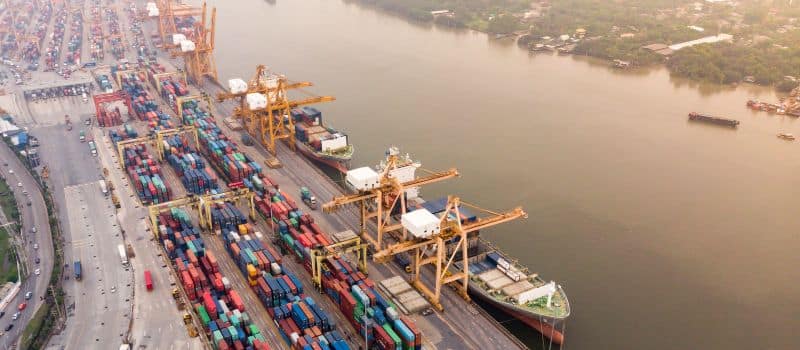
Importance of Congestion Tracking for the PoD
Some industry analyses focus solely on the waiting time outside of ports, but this only shows a partial picture of the real impact of congestion. Actionable insights from Windward’s Ocean Freight Visibility platform show that measuring the total transit time between a container vessel’s last port of call to the next offers a much more accurate picture, in part because carriers decide to slow steam their way to their next ports of call for better fuel efficiency, instead of sailing at regular speeds and waiting outside.
Issues at the Port of Destination
When shipments arrive at the port of destination, their maritime journey is completed. But there are a number of common problems that shippers face once a container has arrived at its port of destination.
- Custom exams: approximately 2%-10% of all shipments are inspected by customs officials. This can lead to delays in getting the merchandise to its final destination.
- Custom clearance issues: providing incomplete information or missing documents can lead to issues with containers being released from the customs authority.
- Unpaid or partially paid duties and taxes: some types of products or merchandise may have special duties attached to them. If those are unpaid or partially paid, the shipment may be held at the port until full payment is made.
- Cargo damage: while it is rare for damage to occur from mishandling at the port of destination, it is not unheard of. Any type of damage that happens at that stage could delay its exiting from the port.
- Overweight cargo: when containers are overweight, truckers hired to pick up the cargo may need different equipment to transport the container or may have issues with weight limits on different roads.
- Unexpected closures: strikes and natural disasters, such as hurricanes, can lead to delays in unloading and shipping containers.
- Holidays: every country has its own calendar of holidays. It is worthwhile to check for holidays once there is an ETA.
Any delays at the port of destination can lead to unexpected expenses. Containers that aren’t returned promptly after unloading are subject to detention fees. Containers that remain at the port beyond the permitted free days are subject to demurrage fees.
Port of Destination in Incoterms
There are a number of international commercial terms (Incoterms®) that prominently feature the port of destination.
- CIF (Cost, Insurance, and Freight): the seller is responsible for delivering the goods to the port of destination. They also pay for the cost of insurance and freight to bring the goods to that port. However, the risk transfers to the buyer once the goods are on board the vessel.
- CFR (Cost and Freight): similar to CIF, CFR places the responsibility on the seller to deliver the goods to the named port of destination. The seller covers the cost of freight, but the buyer is responsible for insurance.
- DAT (Delivered at Terminal): in DAT, the seller delivers the goods, unloaded, at a named terminal at the destination port. The buyer is responsible for all costs and risks from that point forward.
- DAP (Delivered at Place): DAP involves the seller delivering the goods to a named place, usually a terminal or port, at the destination. The buyer is responsible for unloading and additional costs beyond that point.
- DPU (Delivered at Place Unloaded): DPU is similar to DAP, but the seller is also responsible for unloading the goods at the named place, typically a terminal or port.
View of Intended Ports
Each leg of any journey has a port of destination. In the example cited above, the ports of Busan, South Korea, and Yokohama, Japan, were both ports of destination for the ship.
It is important for shippers to have a view of a ship’s intended ports of destination to ensure that the shipper is not stopping in any sanctioned country or traveling in dangerous areas. Those ports of destination could lead to penalties for the shipper and can even include a loss of the container.















